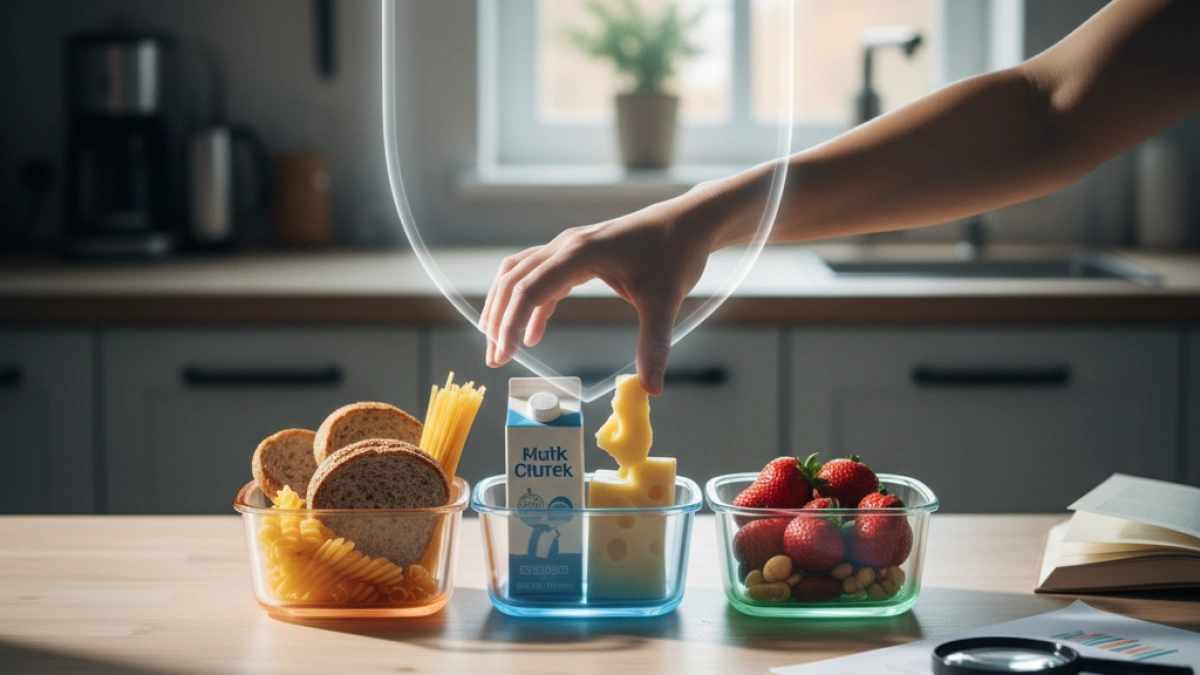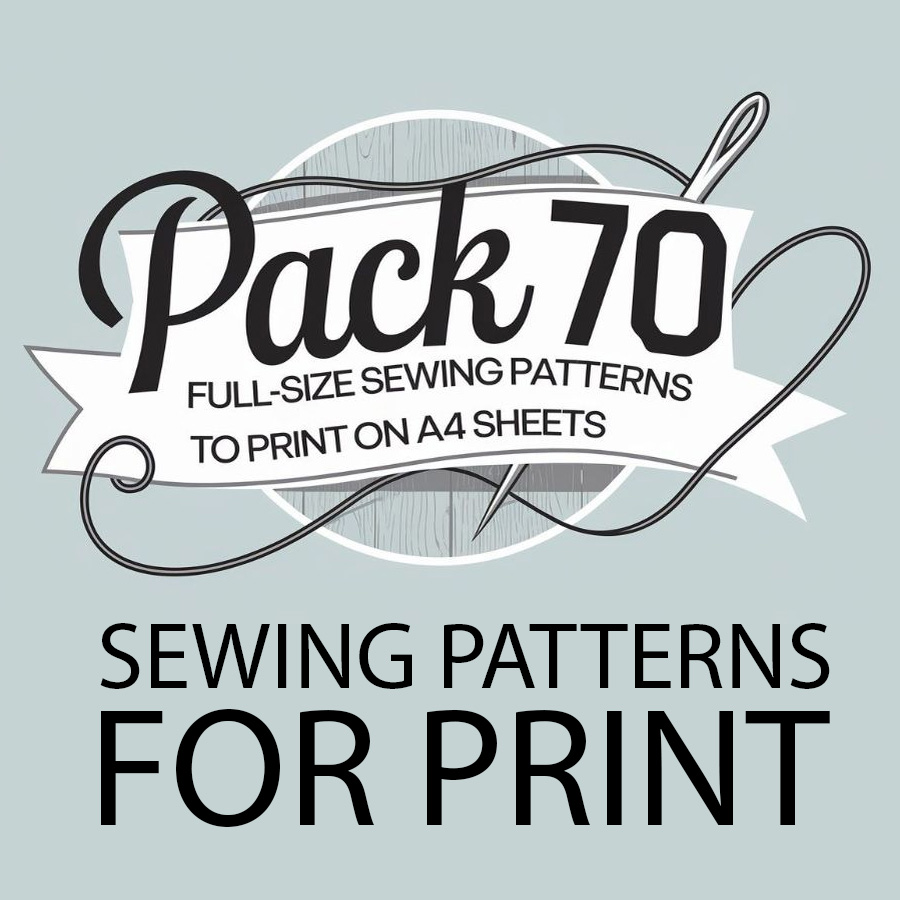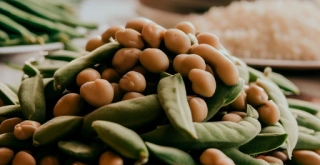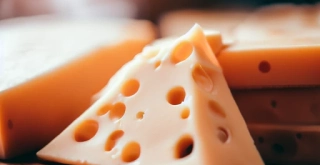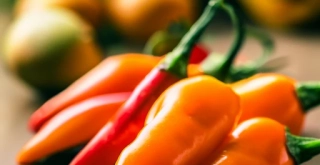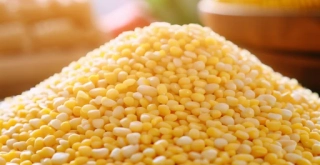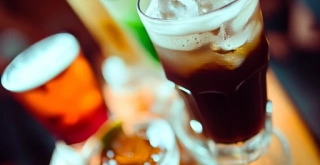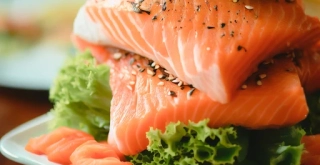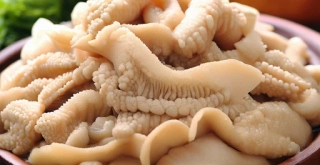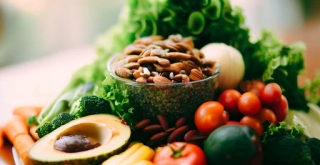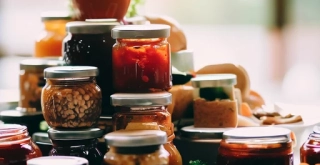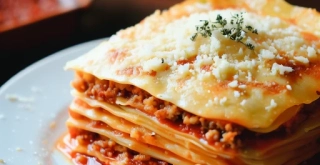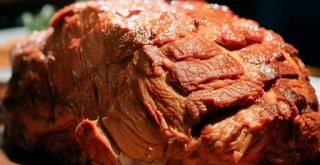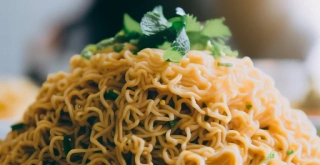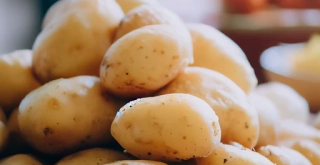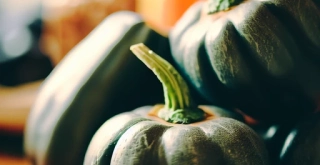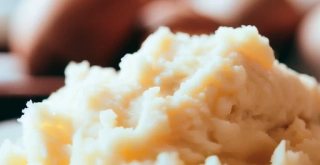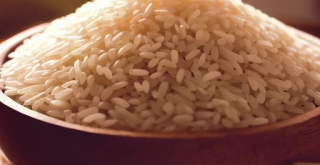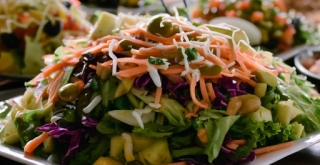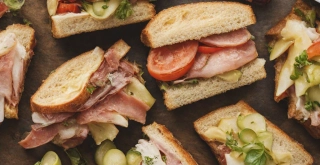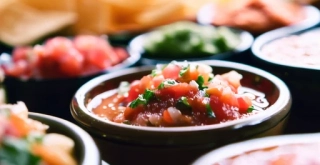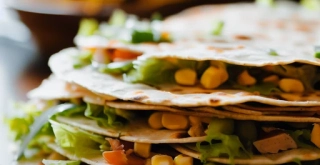How to correctly identify food-grade packaging
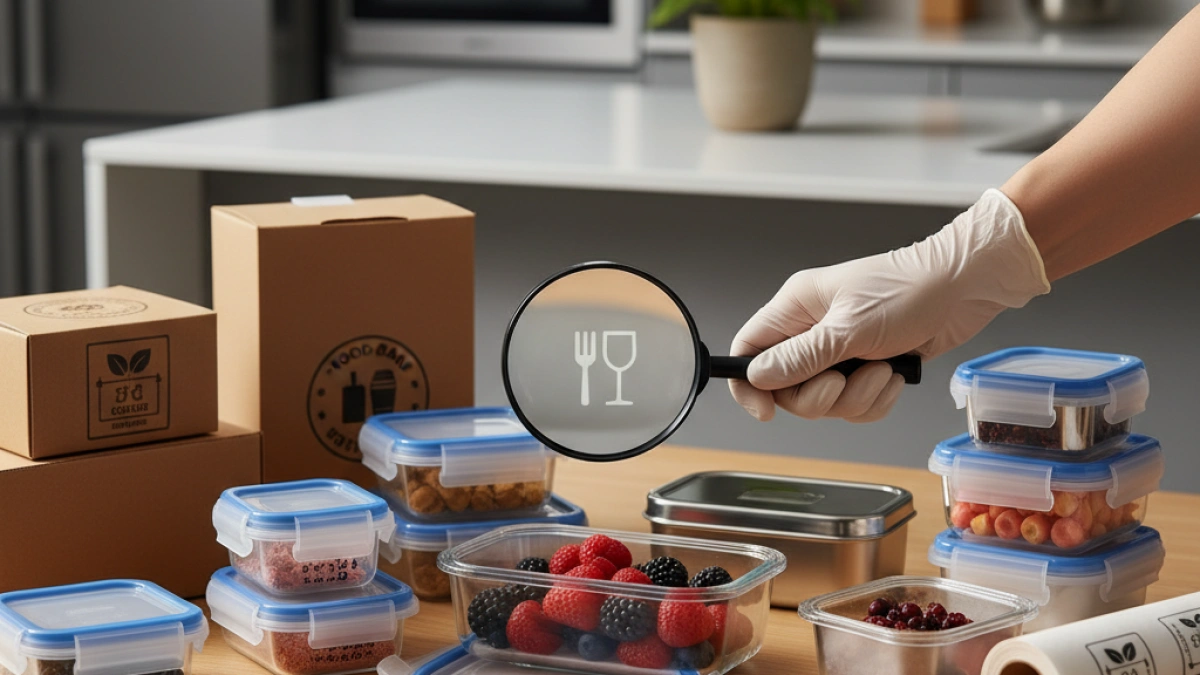
Correctly identifying food-grade packaging is essential to ensure the safety of the food we consume. Using appropriate containers not only prevents contamination but also ensures that our food maintains its quality and freshness. Below, we offer a guide to effectively recognize these packages.
What is food-grade packaging?
Food-grade packaging is specifically designed to store and protect food, ensuring its quality and preventing contamination. These packages are made from materials that comply with food safety regulations, making them safe for direct contact with edible products.
Safe materials
Plastics
Plastics that are safe for food generally have a recycling code on their bottom. Some of the most common plastics include:
- High-density polyethylene (HDPE): Recycling code 2, used in milk bottles and containers.
- Polypropylene (PP): Recycling code 5, commonly found in yogurt containers and food tubes.
- Low-density polyethylene (LDPE): Recycling code 4, used for bags and wraps.
It is important to avoid plastics that show signs of wear, as this may indicate they are releasing harmful substances into the food.
Read also
Glass
Glass is another material considered safe for food storage. Glass containers do not trap chemicals and are easy to clean, making them a durable option.
Metal
Metal containers, especially those made from stainless steel or aluminum, are safe as long as they are internally coated to prevent the metal from reacting with certain foods. Be sure there are no dents or rust, as these can compromise their safety.
Labels and certifications
Informational labels
When selecting a container, always check the labels. Look for mentions of "food-grade" and ensure that the product is approved by food safety regulations. Some labels may include certification seals that guarantee the safety of the material used.
Local regulations
Stay informed about food safety regulations in your region. Regulatory authorities often establish standards that manufacturers must meet to ensure their packaging is safe for food use.
Proper use of containers
In addition to choosing the right container, it is crucial to use it properly. Make sure to:
- Clean and disinfect: Before storing food, clean the containers with soap and water or with food-safe disinfectants.
- Store properly: Keep the containers in a cool, dry place, away from direct sunlight, to prolong their lifespan.
- Check expiry dates: If the container has an expiration date, make sure not to use it after that date.
Conclusion
Correctly identifying food-grade packaging is not only a matter of safety but also of health. Knowing safe materials, reviewing labels, and using them properly will help you make more informed and safe choices when storing your food.
If you want to read more articles of this kind, I invite you to keep exploring my blog for useful and relevant information about food safety and other related topics.

